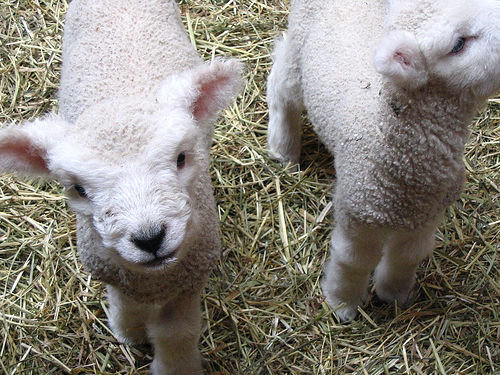I was wrong. Read on to see the truth about shearling, as well as several other common clothing materials that require animals to be harmed or killed in order to make them. Believe me, you’ll be surprised. The information comes from PETA, so if you’re not particularly passionate about animal rights activism, take it with a grain of salt. Still, it’s good to be educated about where your clothing is coming from … whether you choose to buy it or not. Down I’m off down anyway, to be honest. It makes me sneeze, it’s expensive, and I’ve found that synthetic down is just as warm and soft, yet it retains its shape much better than the real thing. According to PETA, there’s another reason to forego down: Silk Silk. It’s a must-have. I feel bad for those silkworms, of course, but … oh let’s be honest. I hate bugs. However, according to PETA, about 3,000 silkworms die to make every pound of silk. Yick. Cashmere The treatment of goats bred to produce cashmere doesn’t sound optimal, but it doesn’t seem inherently bad to wear cashmere, either. Let’s hope for the best. Here’s PETA’s take: Shearling This was shocking to me, frankly. Shearling is basically the same as wearing fur, and it doesn’t even look good in my opinion. Karakul Lamb Fur (aka “Persian wool”) OMG. I have a vintage coat made from this “curly wool.” I feel sick. Angora This description sounds a little overwrought to me. Alpaca Despite all the information, it doesn’t sound like there’s too much harm in wearing alpaca. Shahtoosh I’ve never heard of Shahtoosh, but this description is horrifying. You can see more thorough descriptions and check out a cruelty-free clothing guide on PETA’s website. If nothing else, this information definitely will make me think twice when I’m buying my clothes in the future. What about you? Image via ejhogbin/Flickr

